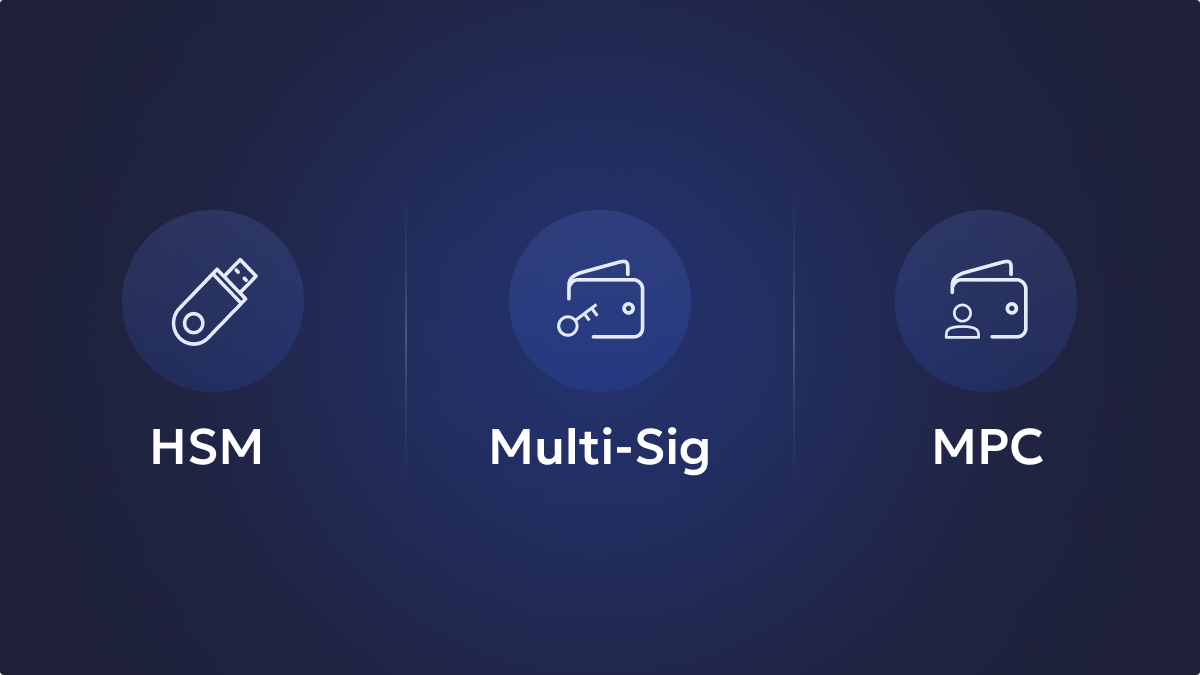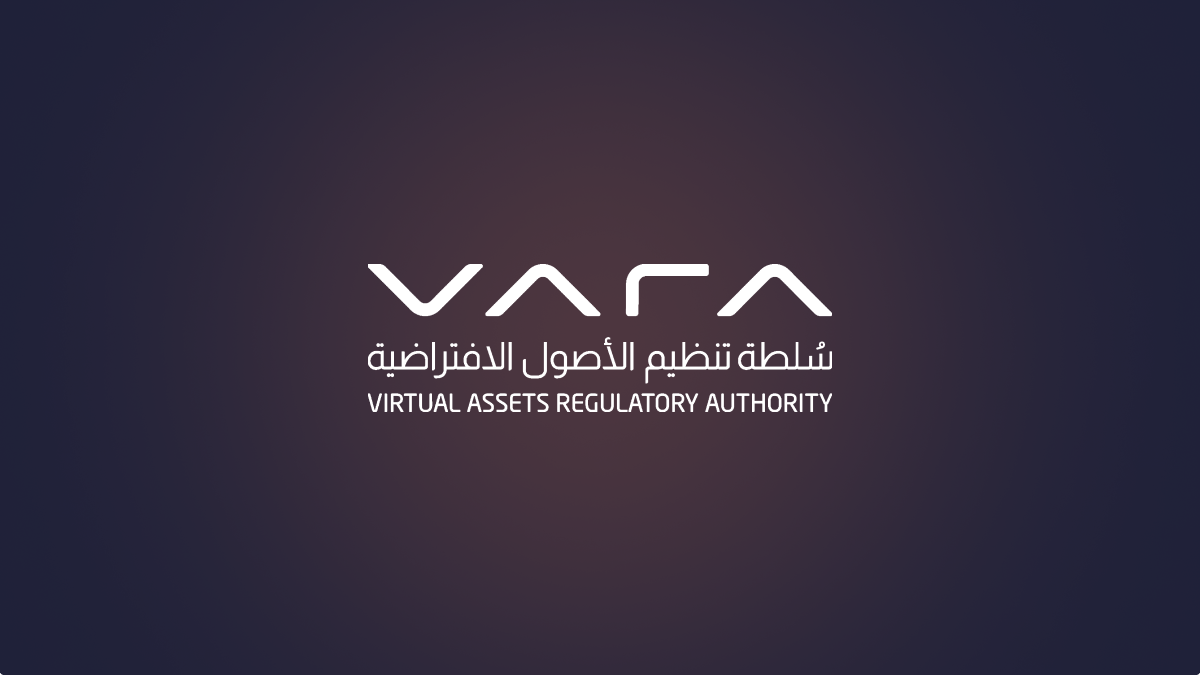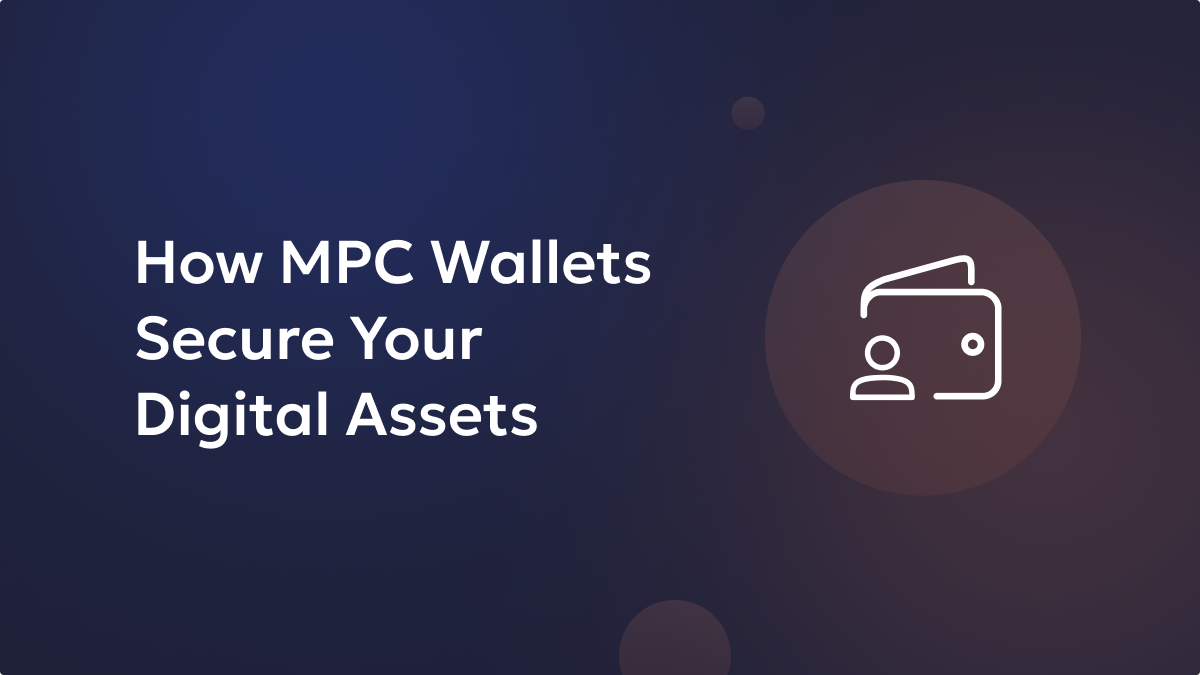The creation of Bitcoin in 2008 marked the dawn of a new era where decentralization takes precedence over centralized systems and practices. Many blockchain protocols have been created since then, serving various purposes in the fields of finance, data management, governance and more. The versatility of blockchain technology, thus, is at the forefront of the developments witnessed by several industries and offers cutting-edge alternatives to legacy systems. Several users are flocking to the myriad of blockchains that presently exist and will continue to hop onto the ones that are yet to come to reap the benefits.
Each blockchain protocol has its own set of advantages over its peers, making the process of choosing the right network and its ecosystem of applications a daunting task for users. Every decentralized application and user may have their own specific requirements, which may be catered to by different blockchains. To derive the best value out of all available protocols, there should be a way to interact with multiple protocols, which are otherwise highly siloed infrastructures by design. Such cross-chain interactions in the form of token transfers from one protocol to another are made possible by blockchain bridges.
What Are Blockchain Bridges?
Blockchain bridges are applications that allow the flow of tokens and data between different blockchain protocols. Essentially, bridges facilitate the porting of non-native resources onto blockchains, introducing compatibility and interoperability between multiple blockchain networks. Blockchain bridges allow users to interact with the dApp ecosystems of other blockchains while holding their assets on one blockchain. Without the bridges, most existing blockchain protocols will continue to operate as isolated networks with their own set of token and smart contract standards that limit the users’ access only to features and tools available within its ecosystem.
Unlock the potential of digital assets for your institution
How Blockchain Bridges Work
By connecting two or more different blockchain protocols that aren’t compatible with each other, blockchain bridges enable the cross-chain flow of liquidity and data. The movement of assets and liquidity between these protocols are handled in multiple ways to facilitate wider interaction and utility of these protocols to derive maximum benefits from the existing collection of decentralized infrastructure.
For example, Bitcoin users can now interact with all that Ethereum’s DeFi ecosystem has to offer without exchanging their BTC for ETH. It is a known fact that the Bitcoin network can’t be used for anything more than simple wallet-to-wallet transfers. On the other hand, Bitcoin is the strongest cryptocurrency in terms of holding and gaining value. The dilemma users face here is that they hesitantly need to convert their BTC to ETH to interact with DeFi applications on the Ethereum chain.
That was the case until blockchain bridges came into the picture. The Wrapped Bitcoin bridge allows Bitcoin users to interact with the Ethereum network without the need to exchange their BTC for ETH. Instead, users are offered an equivalent number of ERC-20 wBTC tokens from the bridge for the number of Bitcoins they would like to port to the Ethereum network. wBTC tokens mirror the value of Bitcoin in a 1:1 ratio, thereby allowing users to retain the value of their BTC while simultaneously navigating the DeFi space with their Ethereum-compatible tokens. While a user holds wBTC, their BTC of equivalent value remains locked in a smart contract or with a custodian depending on the kind of bridge. When the wBTC tokens are no longer needed, users can burn them to recover their BTC deposit.
Secure and manage your digital assets with Liminal
Why Blockchain Bridges Are Needed
The interoperability of blockchain resources brings several utilities to decentralized ecosystems. Users holding cryptocurrencies with limited use cases can now indulge in the use cases offered by other blockchain networks, like with the whole list of use cases brought forBitcoin holders thanks to wBTC tokens. Similarly, the interoperability fostered by blockchain bridges also allows for the scaling capabilities of blockchain networks. Layer-2 solutions made popular by Ethereum allow for high scalability on the network. These layer-2 blockchains interact with the main network by sending resources like transaction data, smart contract states, and liquidity by harnessing the capabilities provided by blockchain bridges. Finally, developers across various blockchains can collaborate. The seamless flow of blockchain tokens and data allows them to build applications bringing about shared utility across several networks.
The need for blockchain bridges is thus very important to the decentralized world. Factors like enhanced use cases of tokens, increased network scalability, and cross-chain collaboration are all solutions that are solving some of blockchain technology’s most significant hurdles yet. Different kinds of bridges exist to offer these solutions — let’s look at them and how they operate.
Different Kinds of Blockchain Bridges
Depending on factors like the degree of trust involved and the back-and-forth compatibility of assets through the bridge, they can be classified into different types.
Centralized Bridges
Bridges that involve third-party entities holding user crypto from one chain in custody to provide compatible assets on another chain are called centralized bridges. These bridges involve a great deal of trust while locking user assets, as there is a chance for the misappropriation of user funds by the custodians. Therefore, it is important to choose well-known centralized bridges that can be trusted. The Wrapped Bitcoin bridge is a popular centralized bridge as user Bitcoins are locked up in a third-party’s custody.
Decentralized Bridges
As opposed to centralized bridges, decentralized bridges do not require users to trust entities with their assets. User assets are instead locked up in smart contracts, and all processes are automated by code, removing the need for human influence in bridging various blockchain protocols. As funds from one chain get locked in the bridge’s smart contract, tokens compatible with the other token are minted and directed to the user’s wallet.
Decentralized bridges, however, are not devoid of shortcomings either. Some of the biggest hacks on blockchain networks have occurred because of decentralized bridge exploits. The Ronin chain attack, Wormhole attack, and others were all related to hackers taking advantage of vulnerabilities in bridge smart contract code.
Unidirectional Bridges
Unidirectional bridges restrict the interoperability of blockchains by allowing tokens from only one chain to be portable on the other blockchain. Wrapped Bitcoin allows for BTC to be wrapped and used on the Ethereum chain. However, ETH can’t be wrapped and used on the Bitcoin chain, making the bridge function in a single direction.
Bidirectional Bridges
Bidirectional bridges allow assets to be sent back and forth between two blockchain protocols, unlike their one-way counterparts. Thus, assets from both chains can be adopted onto each other, offering increased utility compared to unidirectional bridges.
Blockchain Bridges Can Become the Backbone Of Decentralized Systems
With the implementation of blockchain bridges gaining popularity across the blockchain world, high levels of interoperability between many networks are being witnessed. Although there are risks associated with these applications — their development is quite recent, and improvements are being made. Once developers can mitigate the risks, blockchain bridges are going to become an integral part of all blockchain ecosystems and the backbone of web3.
Thus, the interoperability brought to decentralized systems because of blockchain bridges will have a tremendous impact in industries like gaming, real estate, and many more. Bridges are yet another ingenious creation coming from the blockchain world with great potential to make decentralized ecosystems mainstream.
Learn more about Liminal here.
Remember to keep yourself updated on our blog and social media channels.






